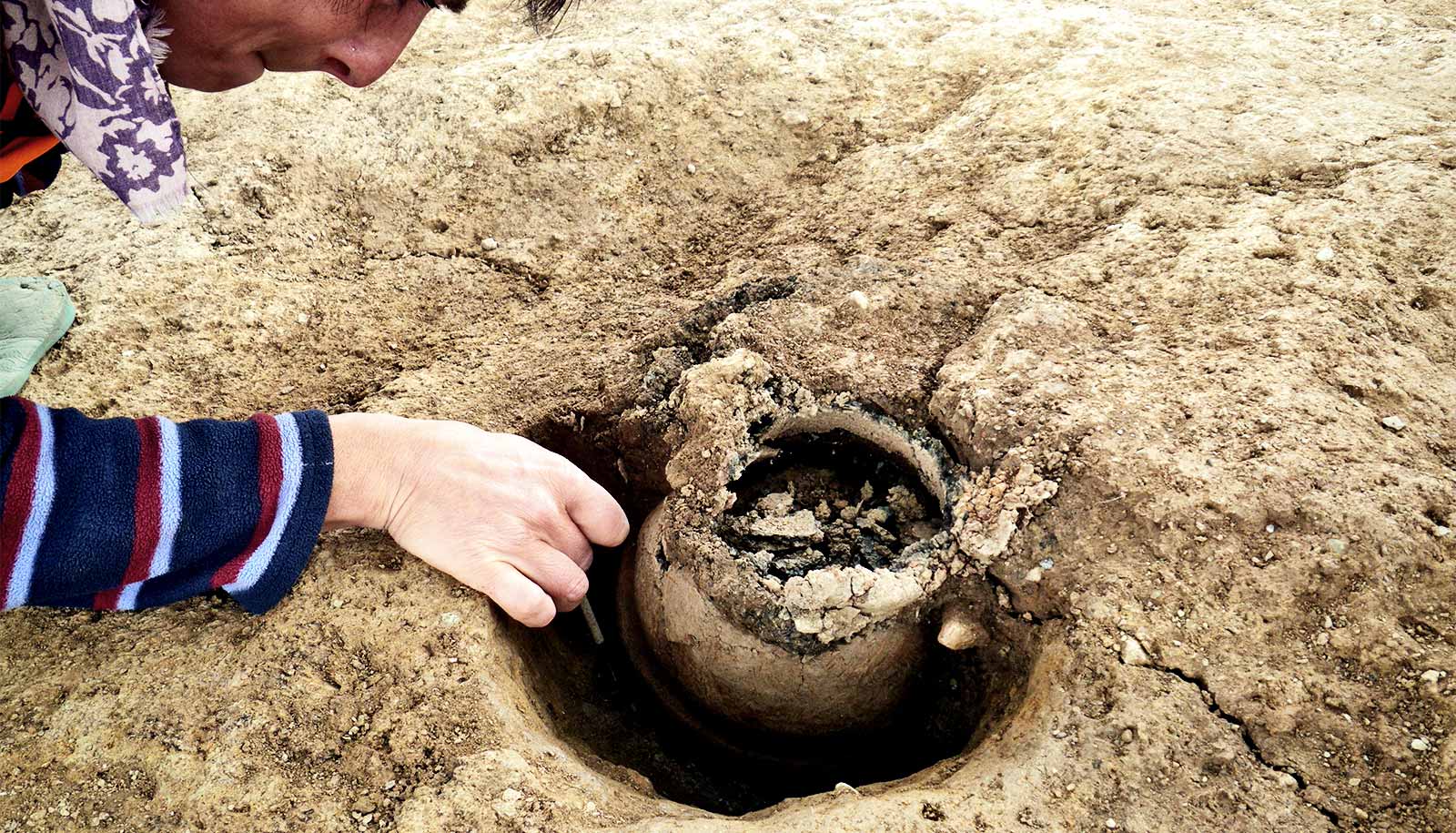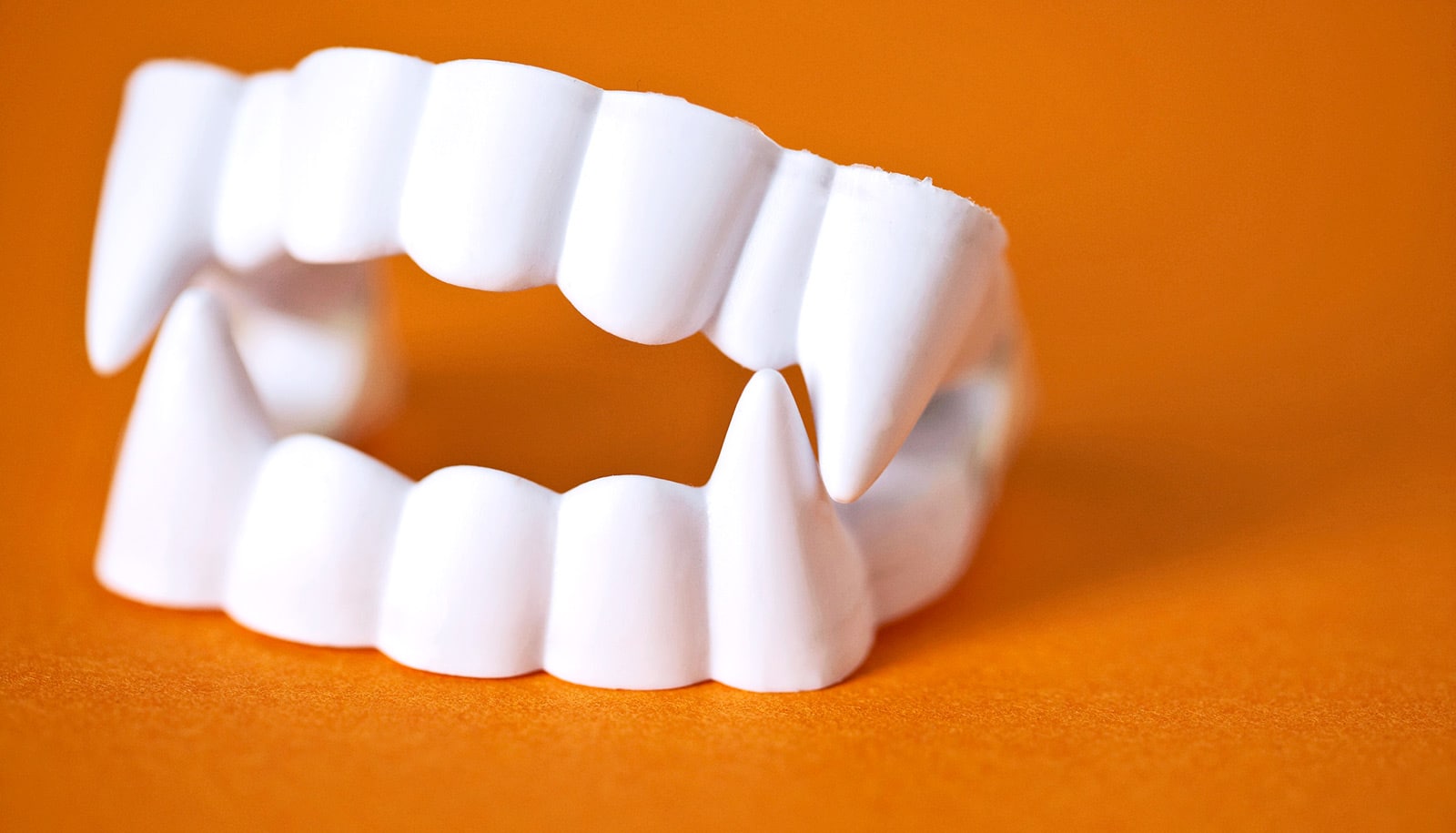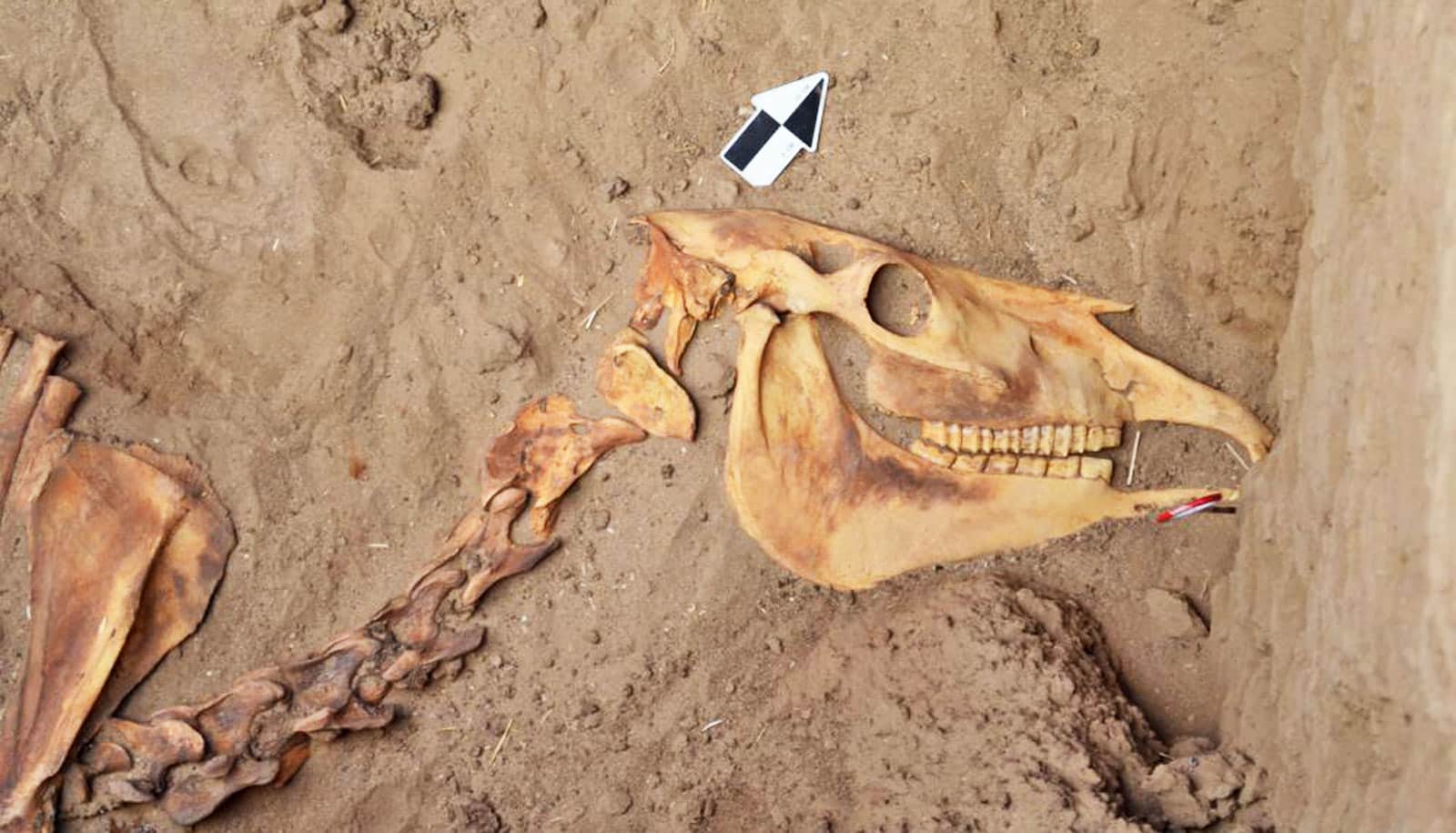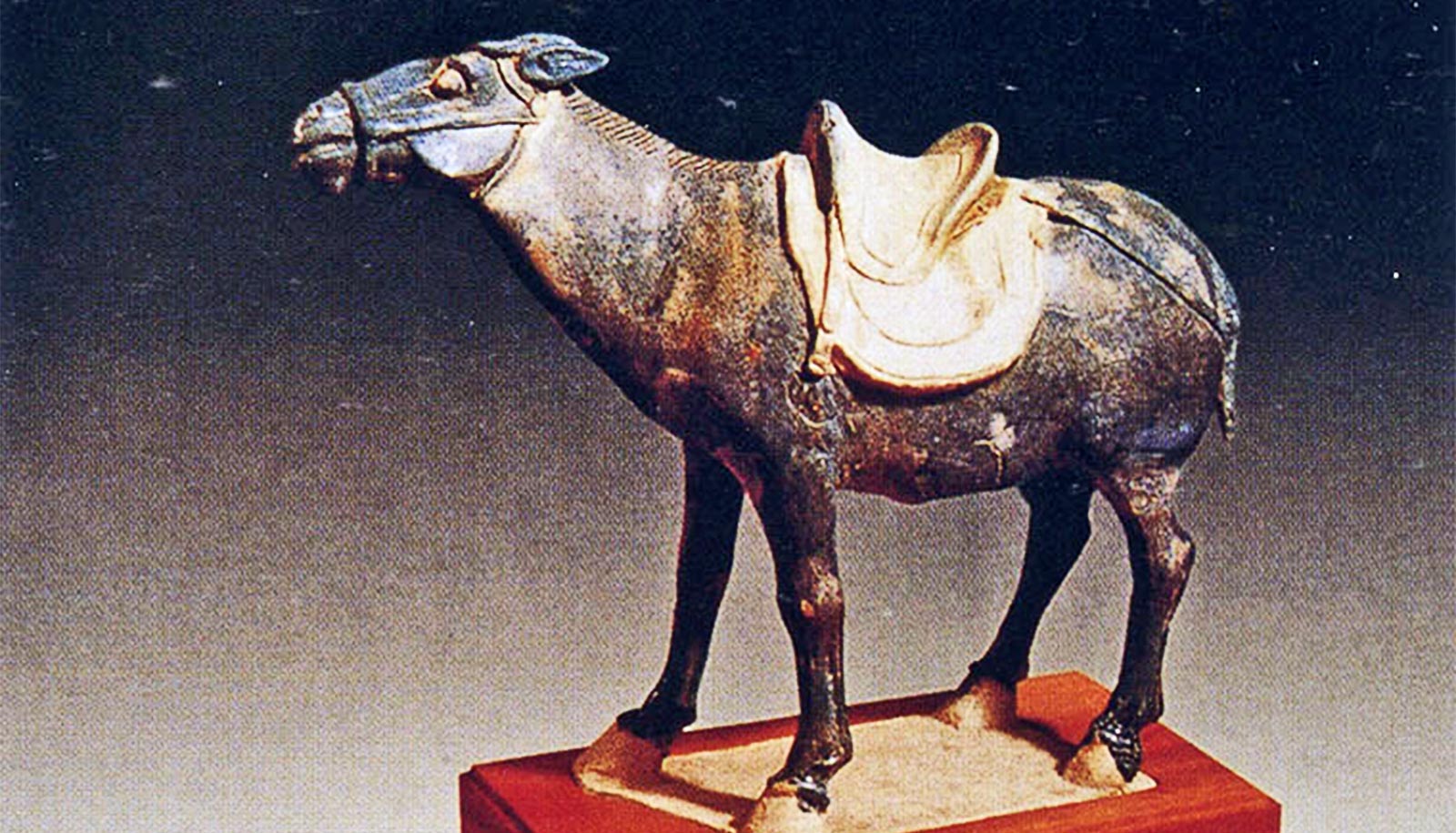Researchers have become the first ever to test a tracing method on the cremated remains of a large number of ancient humans.
The method makes it possible to glean information from the ashes of thousands of buried urns, information that will reveal a bit about who these prehistoric humans were and where they came from. The tracing method has great potential to fill in large gaps in human history.
“There is a huge gap of many hundreds of years of understanding about our past. The new method provides an opportunity to study a great many still untouched burial sites.”
The Vollmarshausen burial site lies just a short distance from the city of Kassel, in central Germany. Among researchers, the Vollmarshausen site is renowned for its thousands of buried ceramic urns dating back to the late Bronze Age and early Iron Age, a time when cremation was a common burial practice.
There has been significantly less of a focus on cremation pits than inhumation graves, the burial of non-cremated corpses, among researchers because the high temperatures reached during cremation destroy DNA and alter the chemical substances typically used to indicate what the lives of prehistoric humans were like.
Now, researchers have tested the new tracing method on a large number of cremated humans from the Vollmarshausen burial site.
“Using strontium isotope analyses on the tooth enamel of 28 cremated individuals, we have been able to reveal that the vast majority of them were probably of local origin. As such, we have been able to extend the applicability of this method, widely used in geology, to address archaeological questions,” says Robert Frei, a professor in the geosciences and natural resource management at the University of Copenhagen and a coauthor of a study in the Journal of Archaeological Science: Reports.
Strontium isotopes in the skeletons, hair, and nails of pre- and protohistoric people can reveal where they were raised or lived during the final years of their lives. This is because most geographical areas bear a distinctive strontium isotope signature that gets built into our bodies while we live there.
The study’s use of strontium isotope analyses is based on a method developed in 2014, when professor Karin M. Frei of the National Museum of Denmark led its strontium isotope analysis section. The method is now being used to tell the stories of ancient people whose ashes were, until recently, silent and buried in urns. Unlike other isotopes, like carbon or nitrogen, which are also used in archaeological finds, strontium isotope composition does not change during cremation.
“The application of this tracing method, to both the tooth enamel and charred bone of ancient humans provides us with opportunities to shed light on their mobility and identity—directly from individual human remains. In Denmark, we have thousands of cremation pits that hold great potential for information about eras past, when cremation was the most common burial tradition,” explains coauthor Karin M. Frei.
“There is a huge gap of many hundreds of years of understanding about our past. The new method provides an opportunity to study a great many still untouched burial sites. Each one can reveal more about who these ancients were and where they came from,” says lead author Nicole Taylor, a postdoc at the Christian Albrecht University of Kiel.
Source: University of Copenhagen



